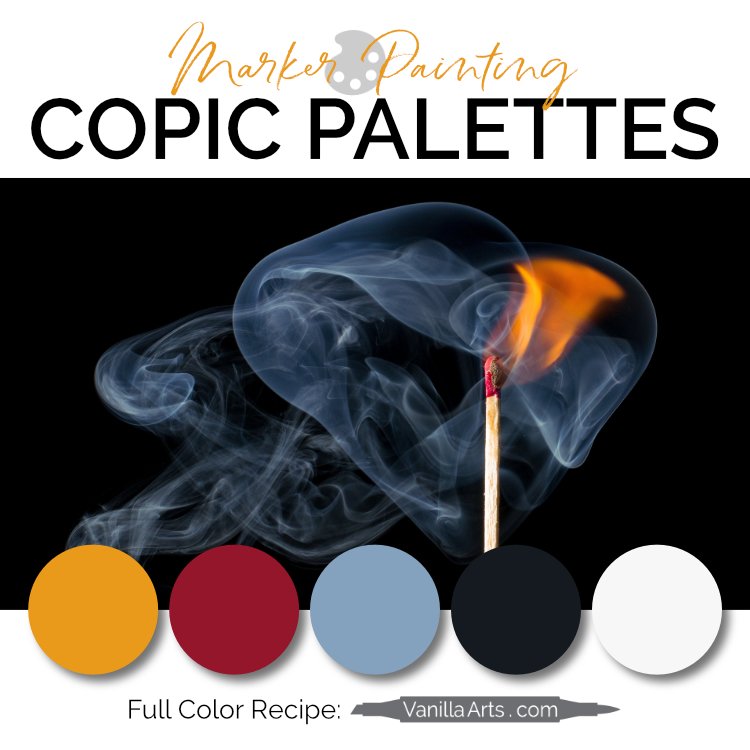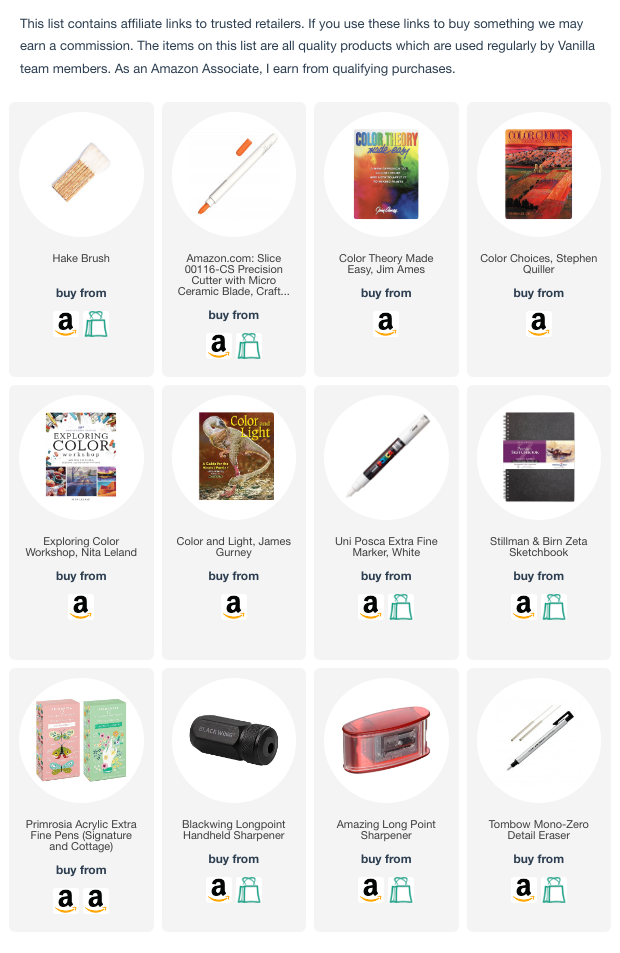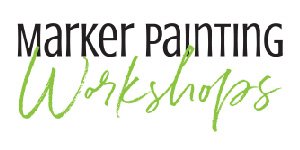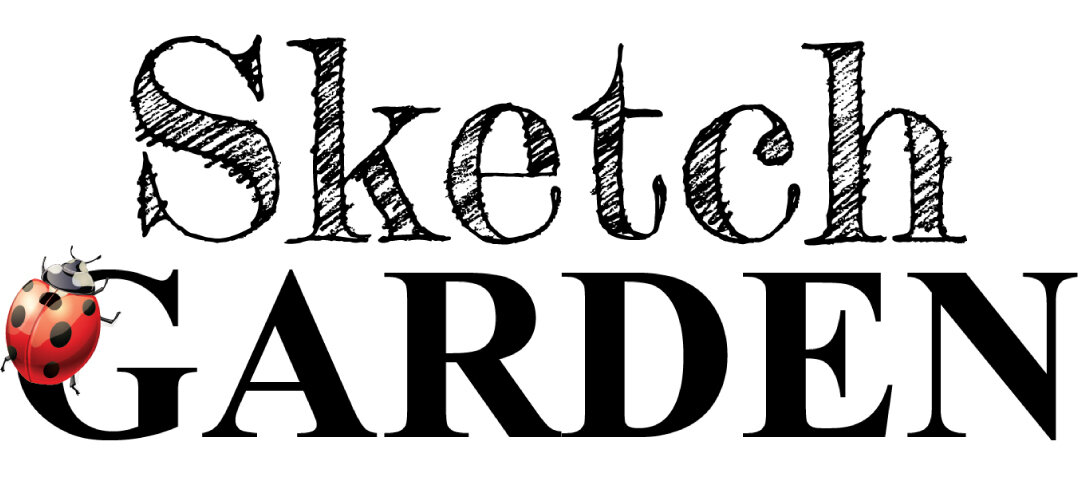Thanks for taking the jump to read today’s newsletter. If you landed on this page by accident, subscribe to the Vanilla Beans Newsletter here.
The last few weeks, we’ve been talking about why autumn is the most abused color palette.
And if you doubt what I’m saying…
“Gosh, Amy. I just don’t see the problem. There’s nothing wrong with having a little color fun!”
I get it.
But look at the photo up there one more time.
Do you really not see the problem?
When More Isn’t Enough
For those who didn’t know, I live in Michigan.
Which is like Tree Capital, USA.
Folks in New England like to brag about their fall color but we have forests larger than their entire state.
Folks around here know a little somethin’ about fall color.
But not everyone has treexperience. Some of you have cactus or palms in your yard. Some of y’all live in places where the leaves just turn brown and crumble.
So for you, the photos in today’s newsletter are Candyland.
Once upon a time ago, we didn’t have the internet.
If you wanted to see autumn color, you had mark the calendar and then get off your buns to go see the splendor.
Now because I live in Treeville, I can tell you with authority— not every year is great for color. You can find also yourself in areas where the trees are nothing but mud yellow or a nasty rust brown.
I’ve seen some amazing tree color in my life but you gotta be in the right place on the right day when the sun is just right.
At this very moment, the view from my window ain’t no great shakes.
The other option, and all artists used to do this, was to collect random calendars, postcards, and magazines— especially National Geographic.
We all had giant file cabinets (yes, I’m that old) where we kept our stash of photo references. When you got a commission or maybe just felt a burning desire to paint a fall scene in February, you headed to the “A-G” drawer to dig out your folder full of autumn clippings.
Today we just google it. Instant autumn. Anytime, anywhere.
My old 9,000 pound file cabinet, though? It had one gigantic advantage over the internet.
And when I tell you, it’s gonna sound like a major disadvantage.
But hang with me here, because you know I’ve always got a point.
Okay, the advantage of a drawer of random pics was:
Our photos back then totally sucked.
Whoa, whoa, whoa. Wait a minute. Photos were bad and this was good?
Yes.
Back then, magazines weren’t printed on the best paper. Neither were the free calendars you got from the insurance agency— man, those calendars were full of great photo references— and they totally stunk too.
Printed color has never been as vibrant as what you see in my newsletter here today.
And this my friend, was very, very, very good for artists!
When you paint from life or when you work from photo references where the colors are dim and dull…
This is when the artist truly shines.
In college, I was told:
The job of a photographer is to show what something looks like.
The job of an artist is to show what something feels like.
So when a photographer photographs a landscape, they’re showing you what Autumn 2024 looks like.
And when an artist paints the same scene, they alter the landscape for better composition, they eliminate distracting objects, and they enhance the color palette to trigger emotions.
Computers have changed this.
Now everyone acts like an artist.
Every photo I’ve shown you today has been digitally altered.
Some schmo with a Lightroom subscription whacked the heck out of the saturation button. They jacked up the contrast. They overlayed it with three Etsy LUT filters, one probably called Cinematic Esthetic Manifestation.
This stuff ain’t real, folks.
And it’s dangerous for the artists still holding a paintbrush or marker.
“I don’t know why but I tend to use too many bright markers…”
Uh, this is why, people.
Photography is America’s most annoying hobby right now. Everyone has an expensive camera and no idea how to use it. They’re fixing everything in post.
The fall colors keep getting weirder and weirder and everyone’s trying to out-bright their bestie.
And here’s the kicker, this brightness is boosted by the digital screen. Unlike my old National Geographics, today’s photos are back-lit and illuminated to enhance the enhanced enhancement.
We’re surrounded by this dreck.
“But Amy, it’s beautiful! How can you not appreciate this amazing color?”
Because it’s too much.
And it’s warping our sense of reality.
The goal of an artist is to look closer at the world and find the colors not everyone can see.
Then we share these extrasensory colors with the world through the mastery of paint, ink, or pencil pigment.
But how do we compete with this?
Even worse, how do we train future artists to find hidden color when color isn’t hiding anymore?
I’m really not sure where art goes from here.
Our job is to make something from nothing but how do we out-more the more?
I never expected it, but maybe the role of an artist— the kind of artist who still does stuff by hand— maybe our role now is to celebrate color minimalism.
Deliberately using less color.
Or maybe we take over the role photographers used to fill?
Capturing life as it actually is.
Winter is coming.
I could use a little white right now.
Next week, we’ll talk to Albert about color.
___________
Just a note, because I know some are wondering why I’m okay with painters exaggerating color but not photographers.
I’m actually fine with boosting color, both paint and pixels. It’s the degree of boosting that I take issue with. Just as some of you are heavy handed with your markers, the photographers shown today used hard pressure on the adjustment buttons.
But also, there’s a major difference between photography and painting.
Anyone concerned about what social media is doing to our culture understands that photographers have an added responsibility to portray the truth.
When you look at a painting, you wonder why the artist used neon pink in the trees. Did he really see pink?
But when you see pink trees a photograph, you don’t question it.
We believe photographs.
Meanwhile in art, when something looks off, we assume the artist is weird.
NEW VIDEO
Click to watch. If your device doesn’t like embeds, click here to watch at YouTube.
IF YOU LIKED TODAY’S ARTICLE & VIDEO, PLEASE SUPPORT FUTURE FREE LESSONS
CHRISTMAS IS COMING
Color a poinsettia blossom with me!
THIS WEEK IN COLOR
CURRENT PASSWORD: RubberDuckie
UPCOMING EVENTS
click to view details
THANKSGIVING & CHRISTMAS COLORING
click for more info





































